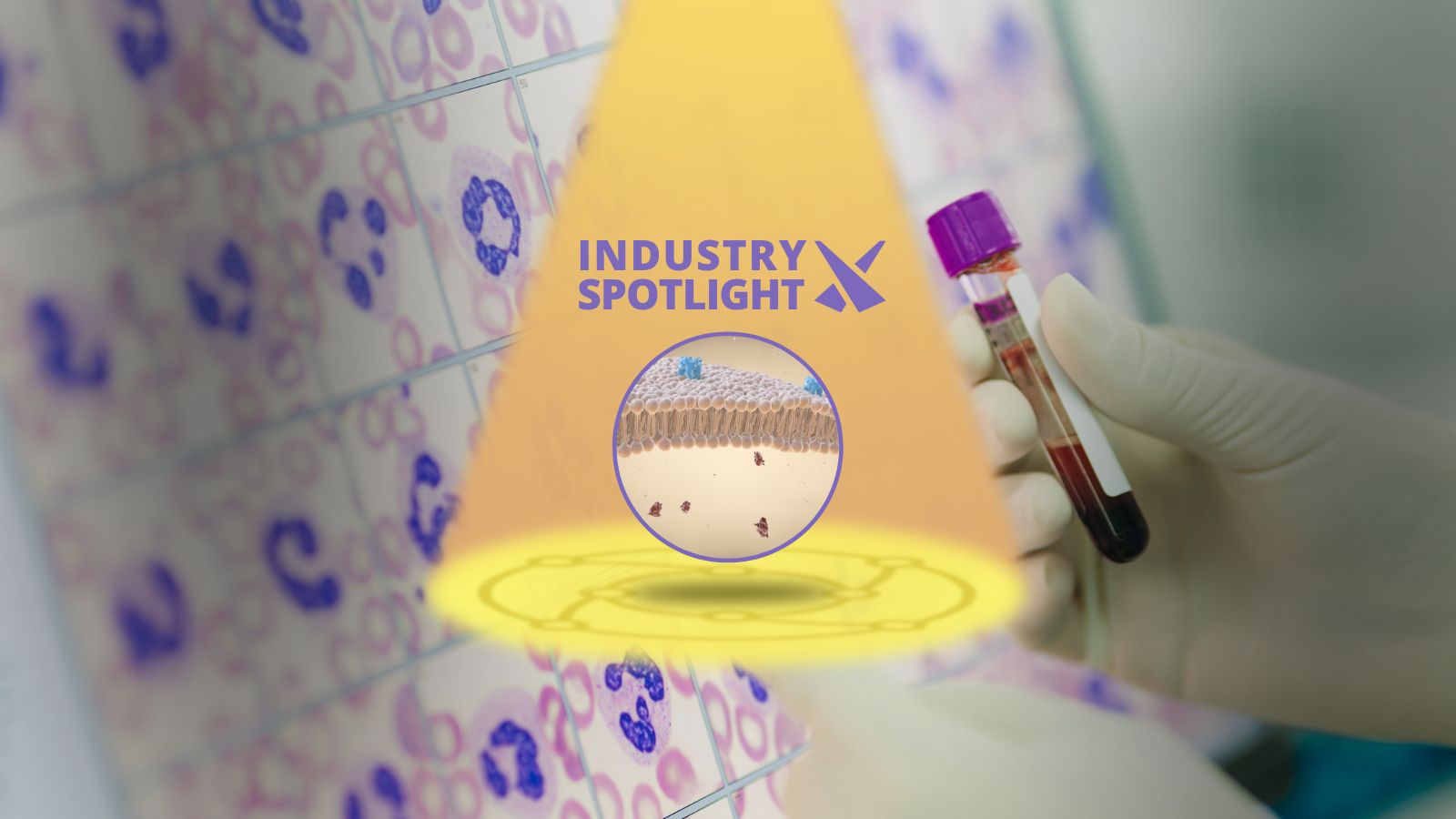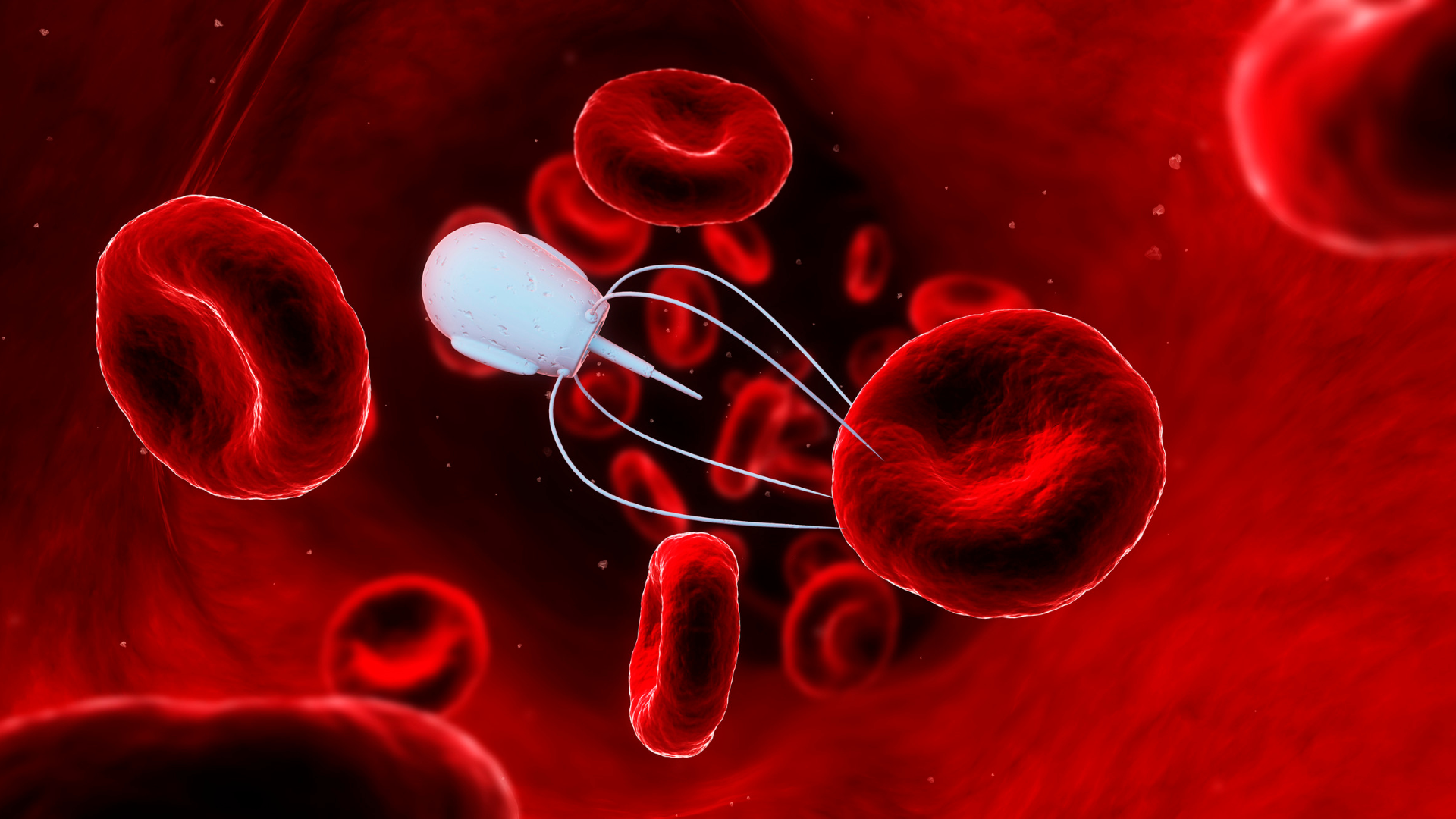The Utility of Nanoparticles in Tissue-Targeted Drug Delivery

Nanoparticles represent a key aspect of tissue-targeted drug delivery, helping in the establishment of a local therapeutic concentration.
This minimises the potential for off-target activity at other sites which could lead to side effects.
Nanoparticles – microscopic particles with at least one dimension smaller than 100nm (or 0.00001mm) – can be functionalized to help target the distribution of a particular drug or therapeutic in the body.
In clinical and preclinical programmes, companies such as AstraZeneca are focusing on a number of different nanoplatforms: these include polymeric nanoparticles, polymer conjugates, and inorganic nanoparticles.
Targeted drug delivery in the context of tissue-targeted delivery via nanoparticles refers to successfully targeting therapeutic agents and their primary accumulation at a desired site via drug delivery systems (DDS).
By combining therapeutic drugs with nanoparticles and optimising for suitable therapeutic pathways, drug developers and researchers can transport many molecules to specific locations in the body.
In order to achieve high targeting efficacy, the DDS must be retained in the physiological system for an appropriate amount of time to target specific cells, meaning the drug in question is not destroyed by the body’s immune system.
Nanoparticles can improve the stability and solubility of encapsulated cargo, facilitate transmembrane transport, and prolong cycle times.
Within the past ten years, the DDS targeted to intravascular disease has been widely used as a prospective treatment method, including for cancers and cardiovascular diseases.
Areas of Tissue-Targeted Drug Delivery Enabled by Nanoparticles
One ongoing area of study pertains to the development of bone-targeted therapeutic agents, with precise therapeutic efficacy increasingly realised in specific pathological sites of clinical diseases.
Drug therapies for skeletal diseases are more challenging than in other tissues due to the complex nature of bone tissue, with bone-targeted therapy considered a promising therapeutic approach for handling such drawbacks.
Studies have been published on bone-targeted drug delivery, focusing on different delivery strategies targeting the bone matrix, bone marrow, and specific bone cells.
Targeted drugs in the context of bone-targeted ligands have shown promising therapeutic effects in preclinical investigations, although the area and focus of study remains ongoing at present.
Another focus of targeted delivery has been on the targeting of brain tumours, which conventionally involves working across the notorious blood-brain barrier (BBB); a major obstacle to transmembrane transport of nanoparticles.
Multi-functional nano drug delivery stems (NDDS) are being investigated for their capacity to cross the BBB and target cancer cells or organelles involved.
The size, surface charge, morphology, and surface modification of polymeric nanoparticles all influence drug circulation in the blood and accumulation in the brain.
Nanoparticle charge has an effect on interactions between nanomaterials and cells.
Overall, the applications and potential uses of nanoparticles in targeted drug delivery are huge, with much to anticipate in the field in the coming years.
Get your weekly dose of industry news and announcements here, or head over to our Formulation portal to catch up with the latest advances in manufacture and therapeutic delivery. If you’d like to learn more about our upcoming Formulation and Delivery US event, click here to download an agenda or register your interest.






